Growing Pet Ownership Rates
The pet food market is experiencing a notable boost due to the rising rates of pet ownership across North America. Recent statistics indicate that approximately 70% of households in the region own at least one pet, a figure that has steadily increased over the past decade. This surge in pet ownership correlates with a heightened demand for pet food, as new pet owners seek to provide their animals with the best nutrition possible. Consequently, the market is witnessing an expansion in product offerings, catering to various dietary preferences and needs, including grain-free and breed-specific formulations. This trend suggests a robust growth trajectory for the pet food market in the coming years.
Increased Focus on Pet Wellness
The pet food market is increasingly influenced by a growing focus on pet wellness and holistic health. Pet owners are now more inclined to view their pets as family members, leading to a demand for products that support overall well-being. This trend encompasses not only nutrition but also supplements and functional foods that address specific health concerns, such as joint health and digestive support. Market Research Future indicates that wellness-oriented products are expected to grow by approximately 15% annually, reflecting a shift in consumer priorities. This focus on wellness is prompting manufacturers to develop innovative formulations that align with these health-conscious trends, thereby expanding their market reach.
Shift Towards Convenience Products
The pet food market is witnessing a shift towards convenience-oriented products, driven by the fast-paced lifestyles of consumers. Busy pet owners are increasingly seeking ready-to-eat meals, single-serve packages, and subscription services that simplify feeding routines. This trend is reflected in the growing sales of wet and semi-moist pet food, which have gained popularity due to their ease of use. Market data suggests that convenience products are projected to account for over 25% of total pet food sales in North America by 2026. This shift not only caters to consumer preferences but also encourages brands to innovate in packaging and product formats, enhancing the overall shopping experience.
Health Consciousness Among Pet Owners
The increasing awareness of health and nutrition among pet owners is a pivotal driver in the pet food market. As consumers become more informed about the dietary needs of their pets, they are more inclined to purchase high-quality, nutritious food options. This trend is reflected in the market, where premium pet food sales have surged, accounting for approximately 30% of total pet food sales in North America. Owners are now prioritizing ingredients, opting for natural and organic products that promote better health outcomes for their pets. This shift not only influences purchasing behavior but also encourages manufacturers to innovate and expand their product lines to meet these evolving demands.
Technological Advancements in Production
Technological innovations in production processes are significantly impacting the pet food market. Advances in food processing technology, such as extrusion and freeze-drying, enhance the nutritional value and shelf life of pet food products. These innovations allow manufacturers to create more diverse and appealing offerings, which can lead to increased consumer interest and sales. Furthermore, the integration of data analytics and artificial intelligence in supply chain management is optimizing inventory and distribution, ensuring that products meet consumer demand efficiently. As a result, the market is likely to see a rise in both the quality and availability of pet food products, catering to the evolving preferences of pet owners.


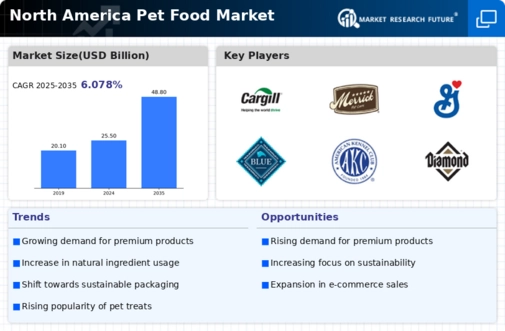
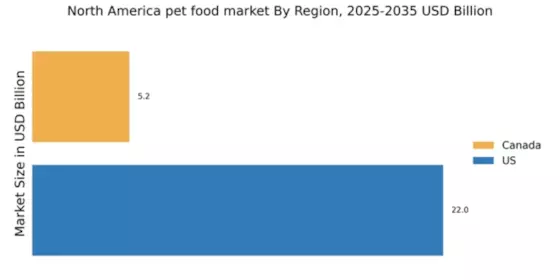
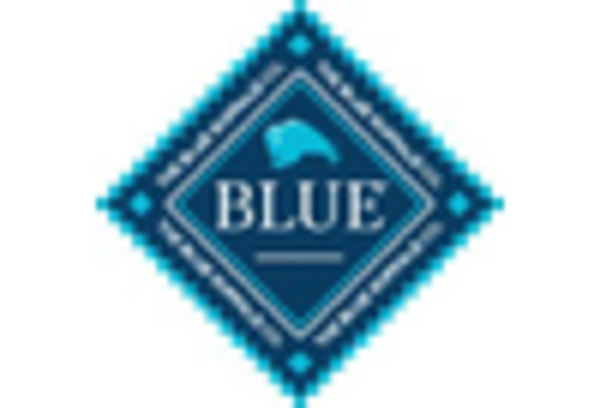

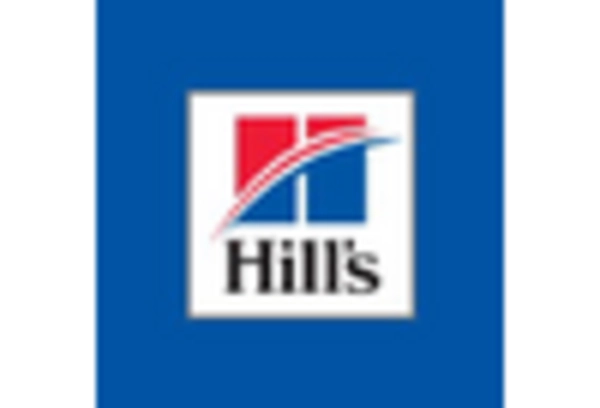
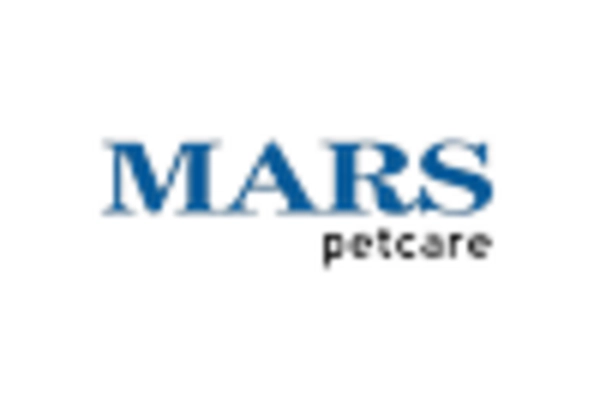
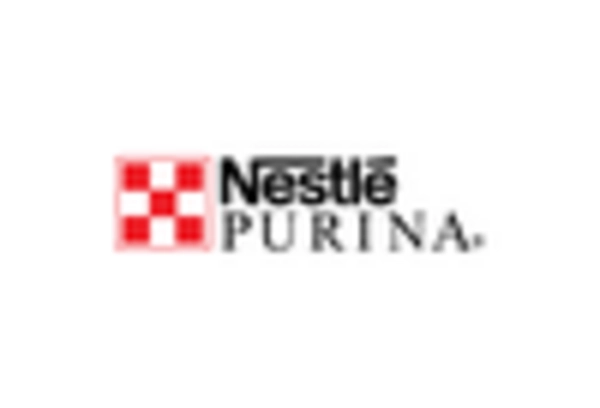
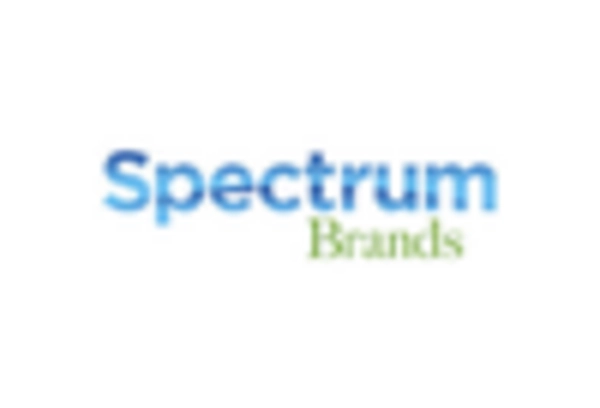








Leave a Comment